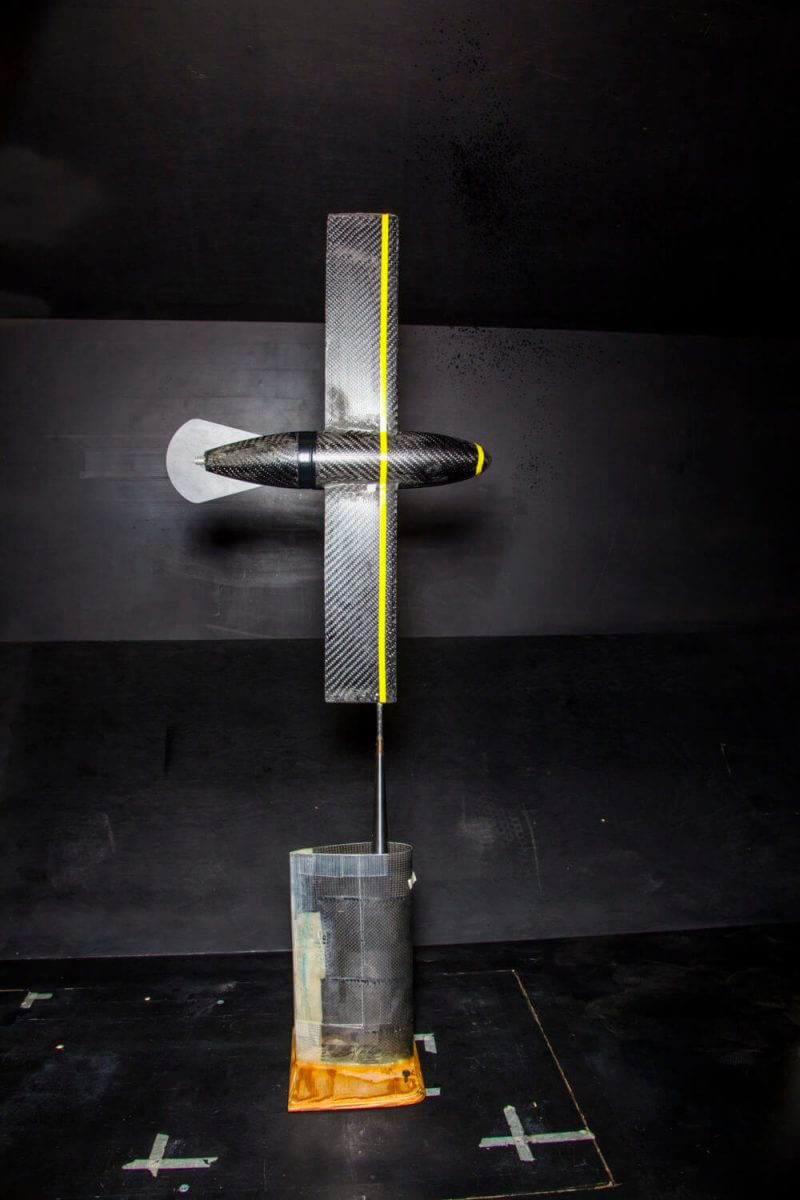Fluid Mechanics and Aerodynamics
About
Intro to Fluid Mechanics
A life on earth (and probably on all possible inhabitable planets) is one lived while being constantly immersed in fluid (usually air or water). Fluid mechanics problems surround us, literally, and their study and solution is fundamental to many engineering and applied physics investigations.
Fluids are deformable to an unlimited extent, and yield in time to very small disturbance forces. Consequently, their motions are frequently very complex, and even rather straightforward fluid flow configurations can produce flow fields with nontrivial solutions displaying very complicated dynamics.
Despite the fact that the governing equations are usually well known, the vast majority of fluid flows cannot be solved directly by brute force calculation, and the subject requires a close collaboration between theory and experiment. This coupled effort, together with increasingly effective use of carefully-selected, large-scale, direct numerical simulations on the computer, results in a field which has remained vigorous, challenging and exciting for over a century.
Progress in understanding and predicting the aerodynamics of flow over wings and bodies during this time period has been spectacular, following exactly this mix of experiment and empirical discovery, together with simple and non-simple flow models. While aerodynamics is at the core of all aerospace engineering programs, the broader discipline of fluid mechanics, encompassing both aero- and hydrodynamics, covers a vast array of topics.
The range and variety of fluid mechanics problems is both breathtaking and refreshing. The diversity is reflected in the USC Viterbi Department of Aerospace and Mechanical Engineering, which has active research and advanced teaching on many of these fronts.
Fluid Mechanics Applications
For all bodies in motion, there is an associated fluid flow, whether the body is pushing against a solid surface (automobiles, trucks, trains, cyclists, cheetahs), or against the surrounding medium (airplanes, birds, frisbees, ships, submarines, dolphins, fish). The body may be at rest in a moving fluid (mountains, islands, skyscrapers, ocean platforms, flagpoles, bridge towers, pylons, trees, mussels). The fluid motion may be internal, involving transport processes (internal combustion engines, cooling and ventilation systems, flows in the blood vessels and lungs). The scales can be very large (planetary scale motions — atmospheric and ocean circulations on earth, turbulence on galactic scales), or very small (circulation and transport in micromachines, bubble and particle motions). In many practical applications, a very large range of scales spanning many orders of magnitude are simultaneously present. Flow at interfaces between different fluids can generate a rich set of phenomena (ocean surface waves, oil/water mixtures in petroleum extraction, bubbly flows, combustion and chemical mixing).
Faculty
Iván Bermejo-Moreno
Julian Domaradzki
Eva Kanso
Mitul Luhar
Paul Newton
Assad A. Oberai
Niema M. Pahlevan
Carlos Pantano-Rubino
Geoff Spedding
Alejandra Uranga
Labs
Aerodynamic Design and Research Lab
Bioinspired Motion Lab
Computational Aerospace Lab
Dryden Wind Tunnel
Geophysical Fluid Dynamics
Water Channel/Fluid-Structure Interactions Lab

Published on March 30th, 2017
Last updated on April 18th, 2023

